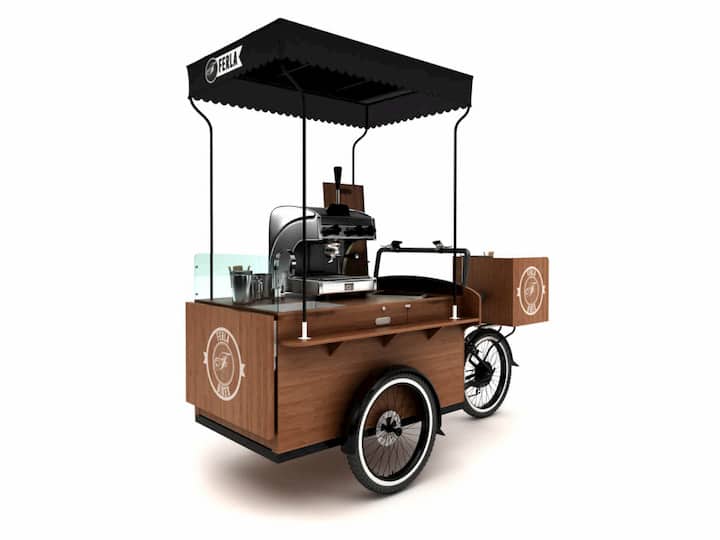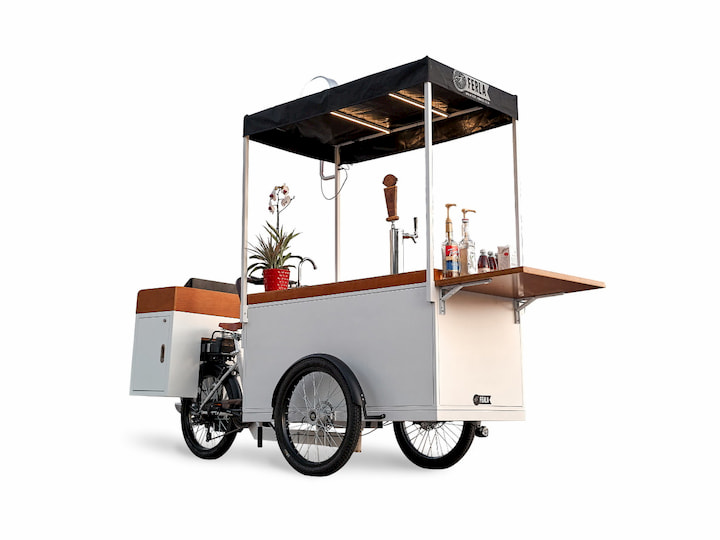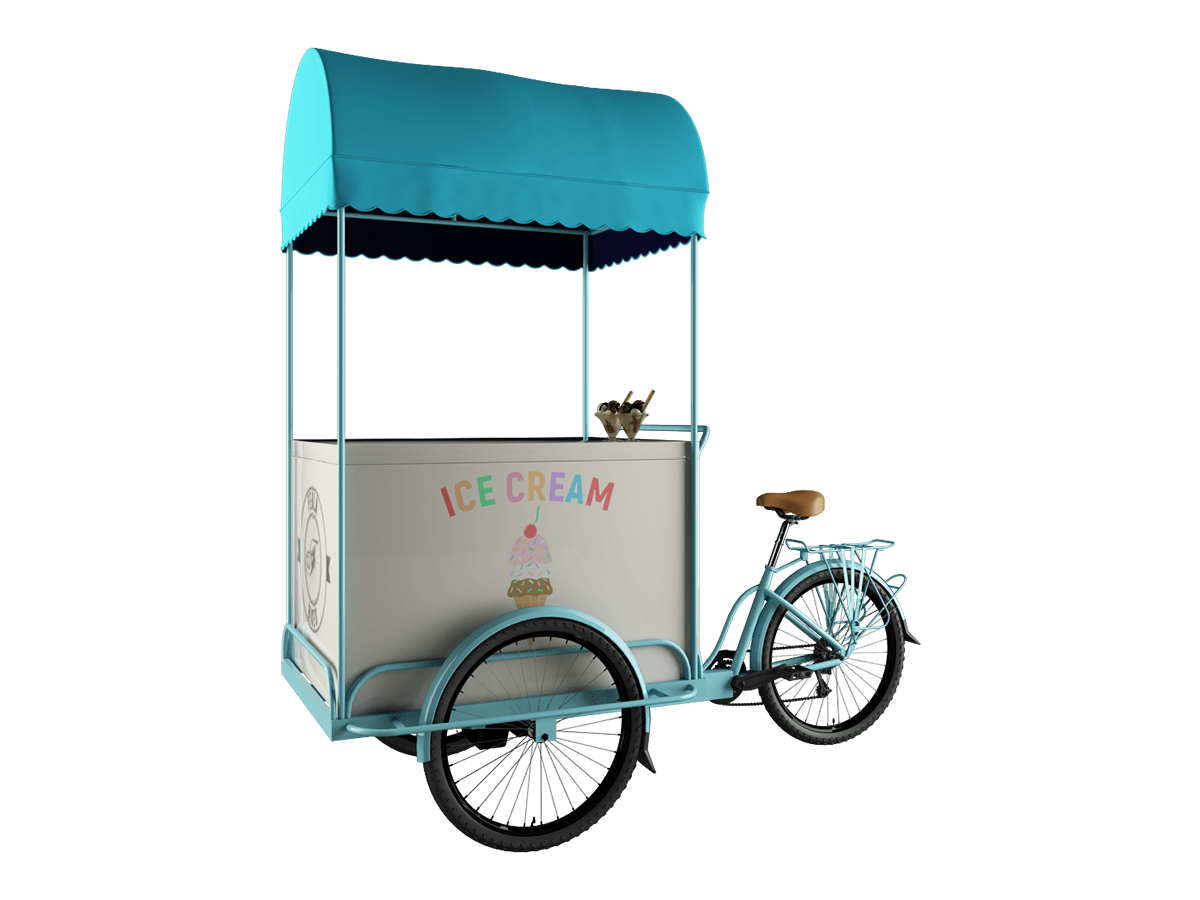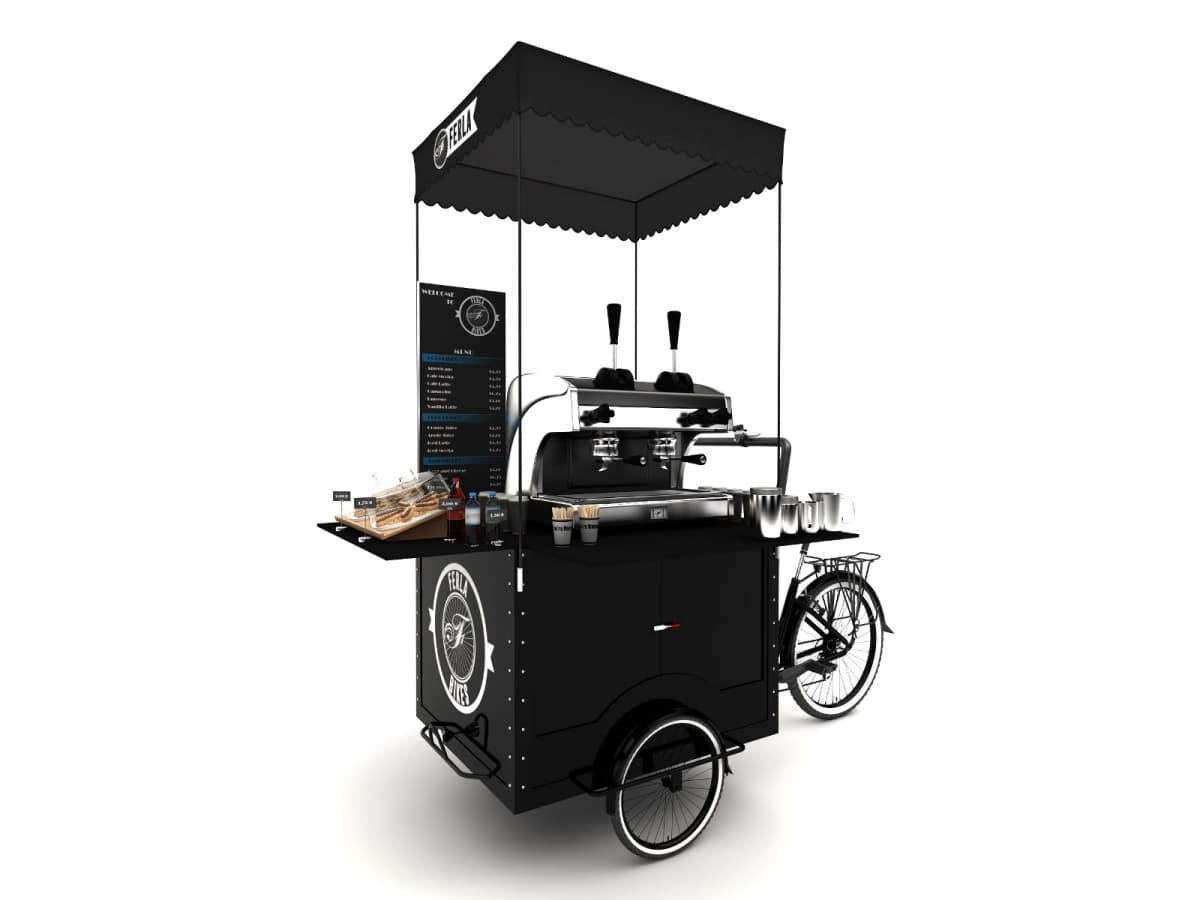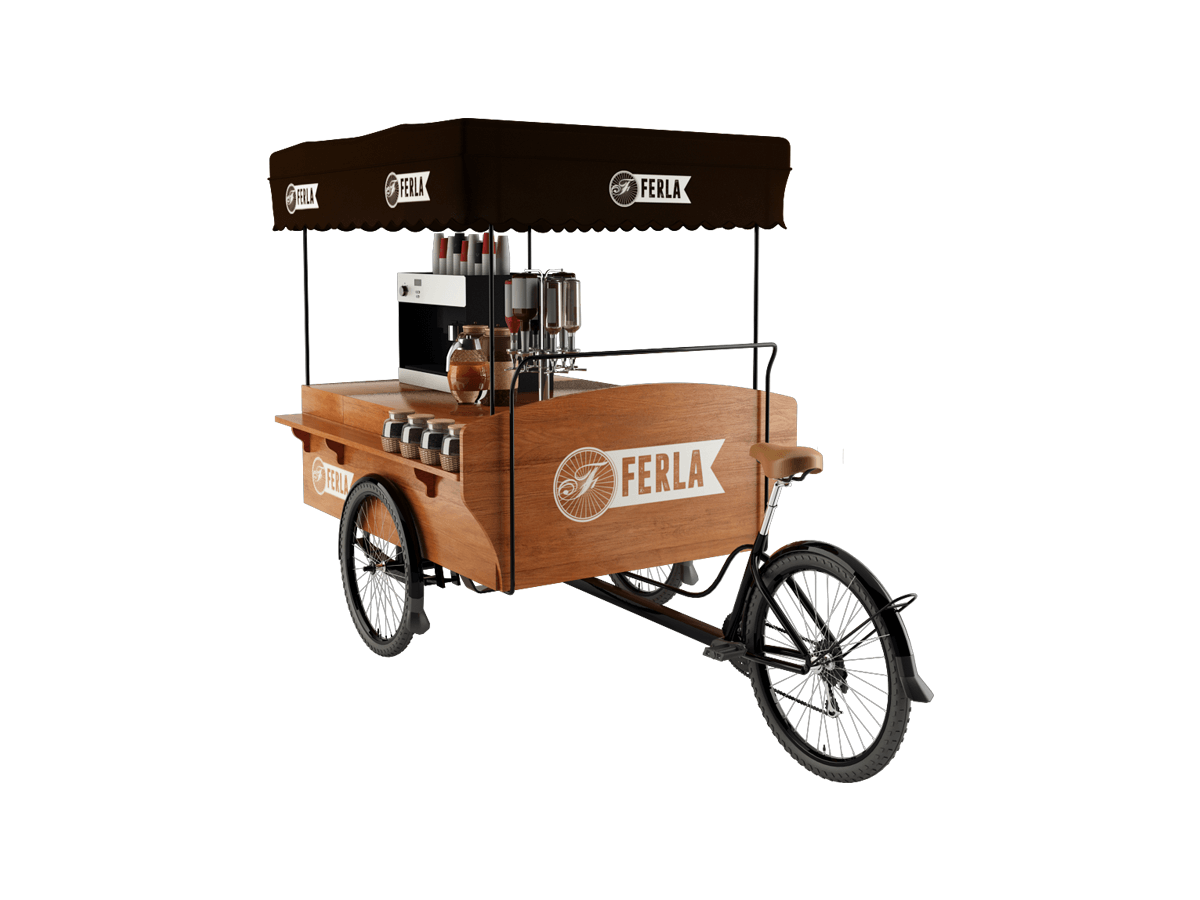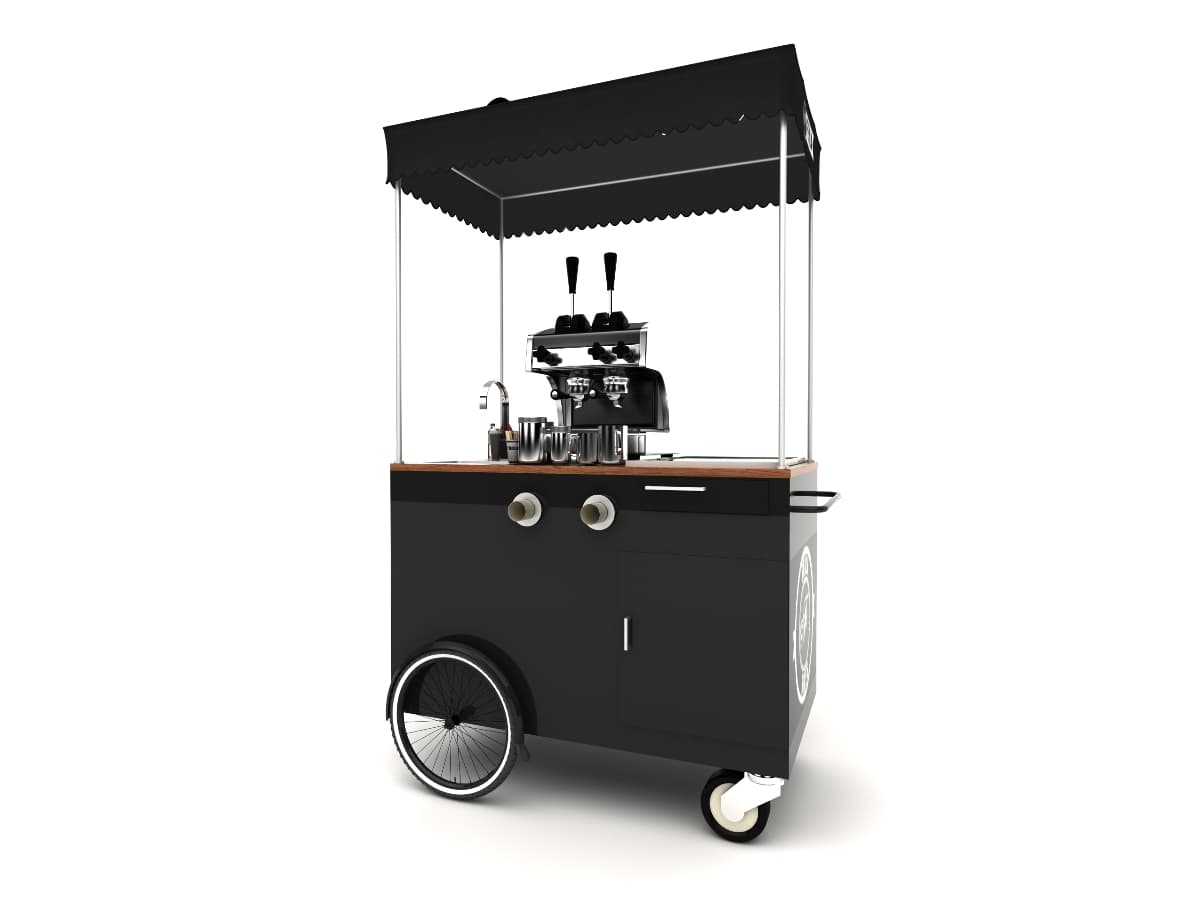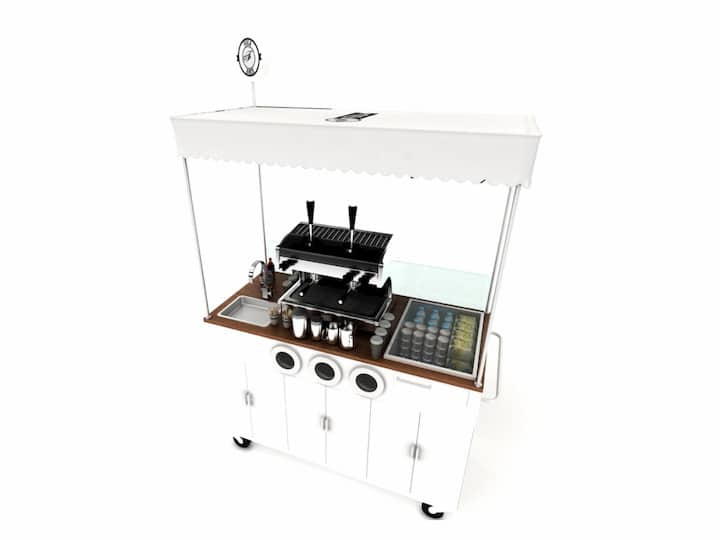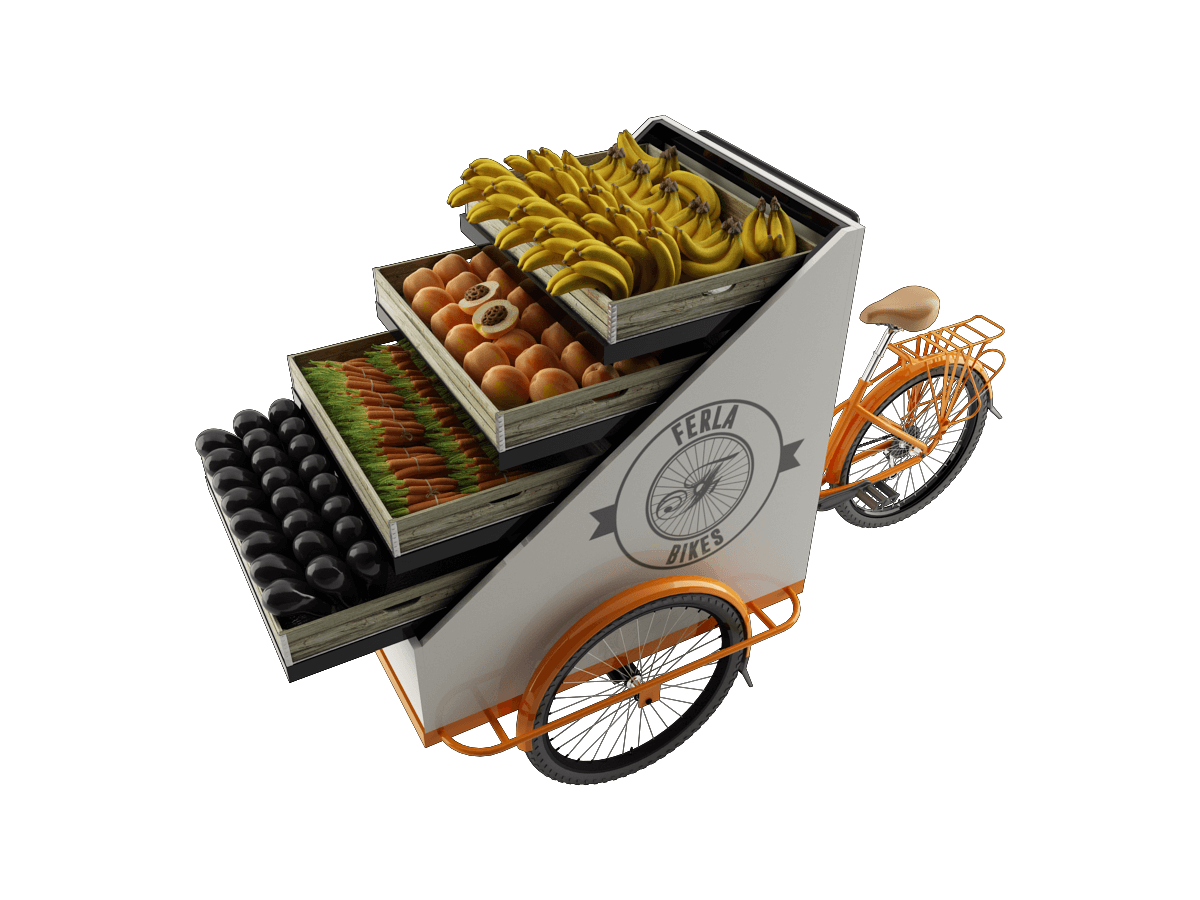Best Tips on How to Financially Handle Food Cart
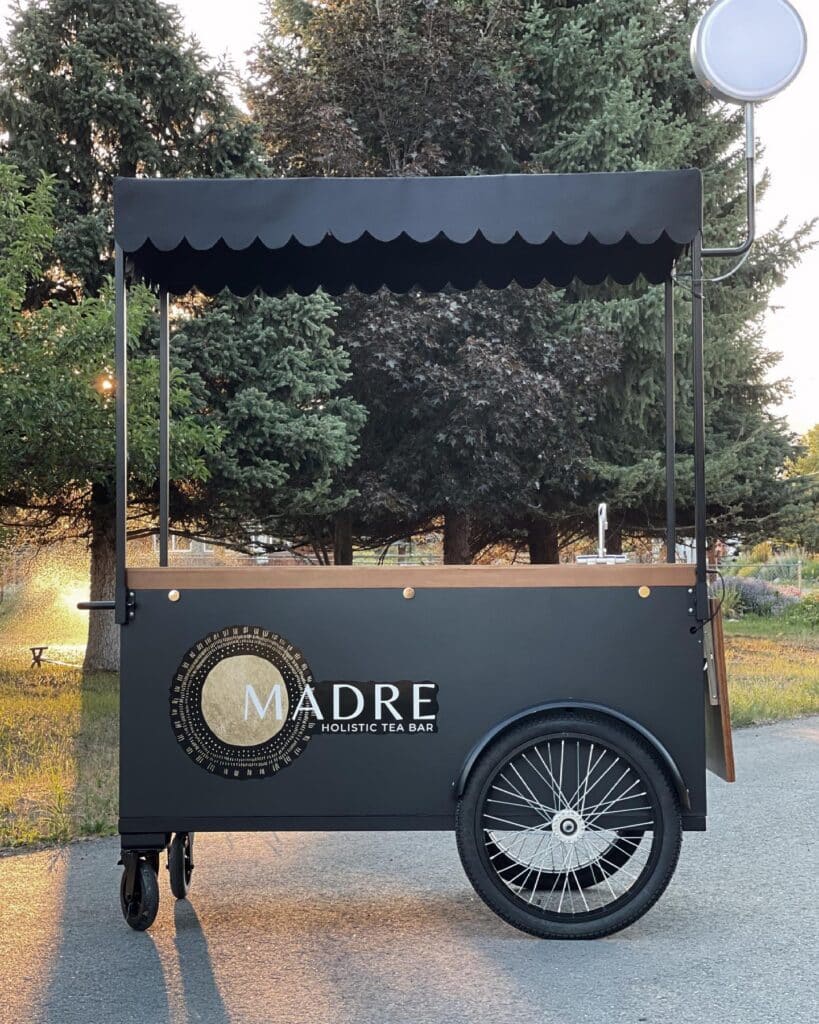
In the world of street food entrepreneurship, the pursuit of building an appealing menu to attract more customers often takes central place. But behind the scenes, the success of such a venture hinges on careful financial planning. Whatever niche you choose, proper cash flow management can help you enhance profitability, foster smart decision-making, and steer your food cart business toward prosperity. This guide aims to make the process easier, so consider the key steps to handle your finances effectively.
1. Assess Initial Costs
Create a detailed investment plan to determine how much you should spend to establish your business. At the same time, evaluate your current financial situation so that you know if additional funding options are needed. Here’s what you should factor in when calculating initial business expenses:
- Food cart (brand-new or used vending stand)
- Equipment
- License and permits
- Insurance
- Initial supplies
- Cart design
- Menu development and testing
- Employee wages (if any)
2. Explore Food Cart Financing Options
Money shortage is the most common reason for abandoning the idea of starting a business. If you find yourself in a similar situation, do not give up on your dream. Indeed, many businesses have achieved success without having a lot of money when they started. It’s all about securing enough funding to support a food cart, and there are many ways to access those funds:
- Personal loans
- Merchant cash advances
- Loans from private investors
- Small Business Administration (SBA) loans
- Family and friends
Also read: What City in the US Has the Most Food Carts?
3. Track Ongoing Expenses
Distinguish between fixed and variable ongoing expenses for efficient budget management. For example, insurance and employee wages remain fixed, while the costs of ingredients may change based on your supply needs and market fluctuations. By keeping all expenses in check, you can easily adjust your business strategies according to changing circumstances. These are the principal categories every food cart owner should monitor:
- Ingredients
- Cooking supplies
- Packaging
- Cart maintenance (if a cart is attached to a bike, it requires maintenance too)
- Cleaning products
- Utilities
- Marketing and advertising
- Insurance
4. Price Your Menu Strategically
When considering how much to charge for your dishes, it’s not enough to just throw a random price and see how customers react. You should make an informed decision based on a thorough analysis of your operational costs. The point is to strike a perfect balance between how much you spend to prepare a dish and how much your customers are willing to pay for it. This is what you should take into account to set the best prices for your food cart menu:
- Cost of a dish (ingredients, packaging, condiments, etc.)
- Competitor prices for the same or similar menu items
- Customer expectations based on your target audience
- Portion size and presentation
- Your desired profit margin per dish
- Food price fluctuations in the local market
5. Build an Emergency Fund
No street food business guarantees consistently high profits, as you never know when you will face an unpredictable event – equipment breakdown, delay in ingredient supply, or sudden drop in foot traffic. Hence, an emergency fund is important for smart mobile food cart financing.
Experts recommend setting aside at least 5-7% of your monthly revenue to handle unforeseen challenges. Such a contingency fund will serve you well during a tough time, saving your business from a financial crisis.
6. Monitor Cash Flow
Maintain everyday records of your sales, expenses, and profit margins. Tracking cash flow will help you forecast future spendings and profit potential, as well as determine when it’s time to optimize business performance. You can use special software tools and apps to handle the task efficiently:
- POS systems (Lightspeed, Square, Clover, SpotOn, etc.)
- Google Sheets or Excel
- Cash flow management apps (Helm, Fathom, Float, DryRun, Agicap, etc.)
Also Read: How Much Does It Cost to Start a Food Cart Business?
7. Plan for Growth
When your food cart starts bringing good profits, it makes sense to grow your business. It’s not about opening a café right away, as there are some safer options to increase the profitability of your venture:
- Expand your menu with new dishes, beverages, or combo offerings
- Purchase or rent additional food carts
- Invest in a promo bicycle to increase your visibility
- Consider delivery options through a cargo bike
- Collaborate with other businesses
